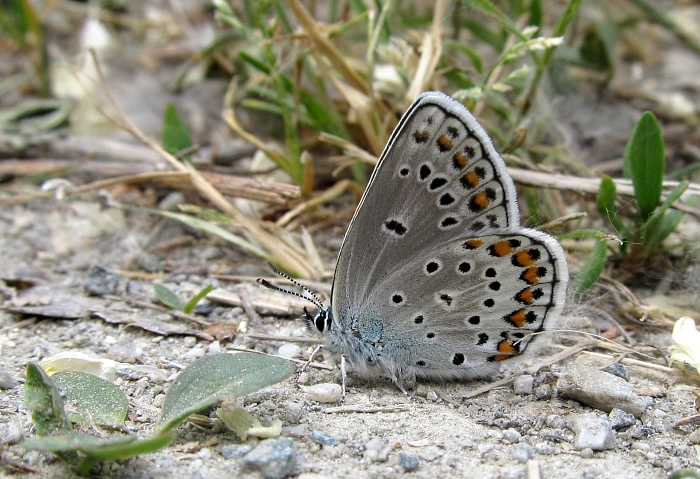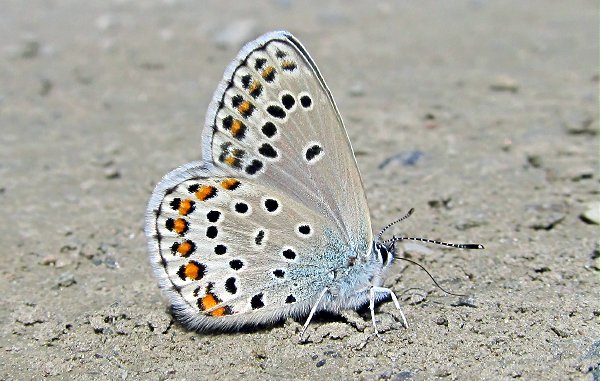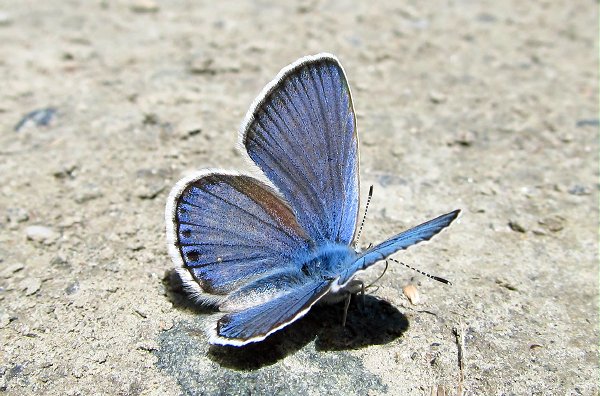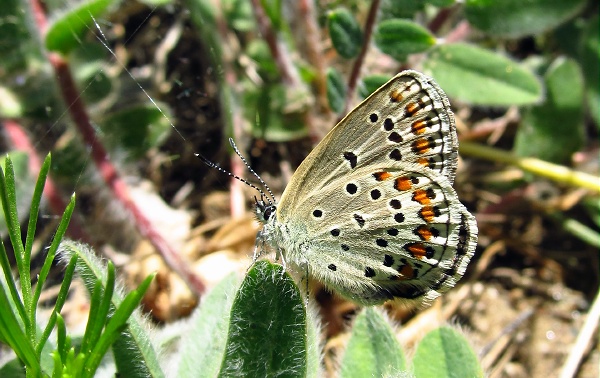
Male, Switzerland, June 2014

Male, Switzerland, June 2014
Plebejus (pylaon) trappi
Refresh page if pictures don't load fully:

Male, Switzerland, June 2014

Male, Switzerland, June 2014

Mating pair, Switzerland, July 2013 (female on right)

Male, Switzerland, May 2011

Male, Switzerland, May 2011

Male, Switzerland, JUne 2017

Female, Switzerland, June 2017

Female, Switzerland, June 2011

Female, Switzerland, June 2010

Switzerland, June 2006

Switzerland, June 2006

Switzerland, June 2006

Switzerland, June 2006

Switzerland, June 2005

Switzerland, June 2005

Switzerland, June 2003, on the foodplant

Mating pair, Switzerland, June 2003

Female, Switzerland, June 2003

Distribution
In Switzerland this species is very local but relatively easy
to
find
if you know where to look. The habitat is typically rather shady grassy
areas, often near woods. Both males and females may be found on and
near the foodplant, Astragalus
exscapus,
but males will wander some distance to communal drinking spots and also
readily take nectar. The species hibernates as a small larva near the
base of the foodplant and flies in June - sometimes late May.